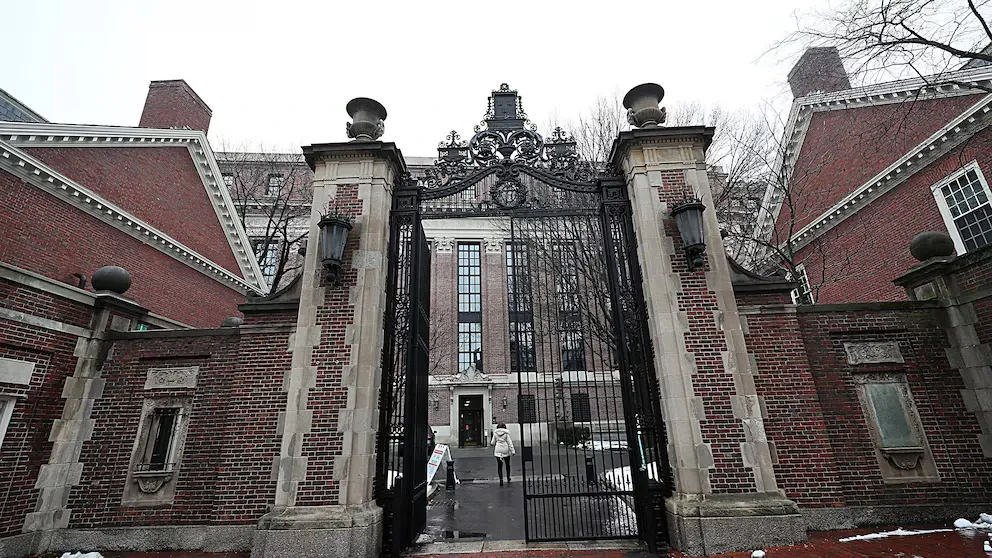In a landmark move to enhance educational accessibility, Harvard University has announced that, starting from the 2025-2026 academic year, it will offer free tuition to undergraduate students from families earning $200,000 or less annually. This initiative aims to make a Harvard education more attainable for a broader spectrum of students, particularly those from middle-income families.
Key Aspects of the New Financial Aid Policy
- Families Earning $100,000 or Less: Students from these families will have all billed expenses covered, including tuition, housing, food, health insurance, and travel costs. Additionally, they will receive a $2,000 start-up grant in their first year and a $2,000 launch grant during their junior year to assist with various expenses.
- Families Earning Between $100,000 and $200,000: For these students, tuition will be fully covered. Additional financial aid to cover other costs such as housing and food will be determined based on individual financial circumstances.
- Families Earning Above $200,000: While tuition coverage is not guaranteed for families in this bracket, many students may still qualify for financial aid depending on their specific financial situations.
Historical Context and Evolution of Harvard’s Financial Aid
Harvard’s commitment to financial aid has evolved significantly over the past two decades:
- 2004: The Harvard Financial Aid Initiative (HFAI) was launched, covering all expenses for students from families earning $40,000 or less.
- 2006: The income threshold for full financial support was raised to $60,000.
- 2023: The threshold increased to $85,000, reflecting Harvard’s ongoing efforts to support lower-income students.
- 2025: The latest expansion raises the income threshold to $200,000, marking one of the most substantial financial aid expansions in the history of higher education.
Implications for Students and Higher Education
Harvard’s decision is expected to have several significant impacts:
- Increased Diversity: By removing financial barriers, Harvard aims to attract a more diverse student body, enriching the educational experience for all students.
- Pressure on Peer Institutions: This move may encourage other elite universities to reevaluate and potentially expand their financial aid offerings to remain competitive.
- Reduction in Student Debt: With the rising concern over student loan debt, such initiatives can alleviate financial burdens on students and their families.
Maintaining Academic Excellence Amid Increased Accessibility
While Harvard’s financial aid expansion makes education more accessible, the university maintains its rigorous admissions standards. Applicants are evaluated based on academic achievements, extracurricular involvement, leadership qualities, and personal character. The acceptance rate remains highly competitive, ensuring that the institution continues to admit students who demonstrate exceptional potential.
Conclusion
Harvard University’s decision to expand its financial aid program represents a monumental step toward making elite education more inclusive. By alleviating the financial burden on middle-income families, Harvard is setting a precedent for other institutions and reaffirming its commitment to attracting talented individuals from all socioeconomic backgrounds.
















